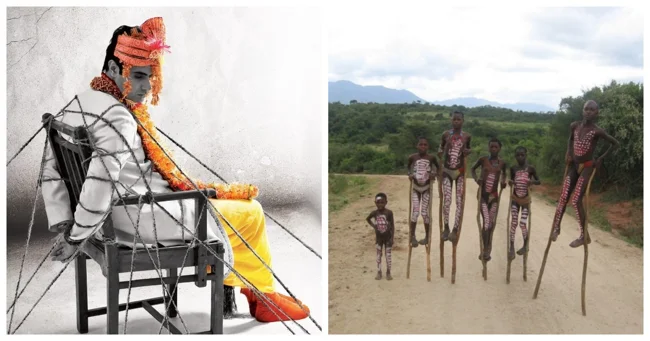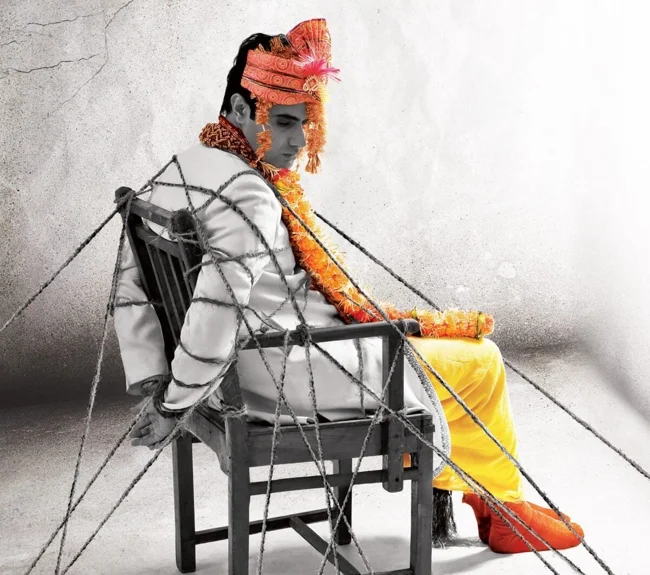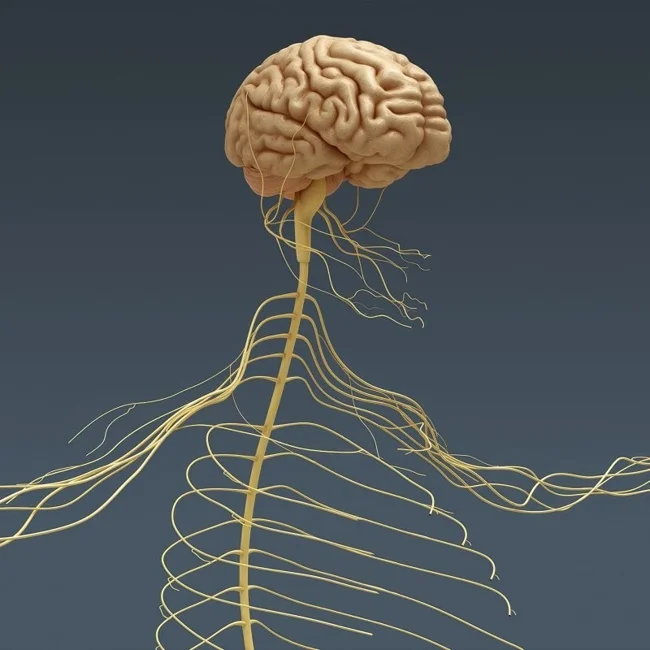8 unexpected facts about technology, traditions, and coincidences (9 photos)
What do a temple where they pray to a motorcycle, guys who move exclusively on stilts, and a game that's been going on for over 40 years have in common? 
All of these are components of our reality. And only a microscopic part of the mosaic of modern realities, reminding us how complex, diverse, and amazing the world we live in is.
1. A Profitable Domain 
The Caribbean nation of Anguilla, a self-governing British Overseas Territory in the West Indies, has become an unexpected beneficiary of the artificial intelligence boom. With a population of approximately 18,000 and an area of 91 km², the island has acquired a valuable asset: the .ai (AI) national top-level domain.
Thanks to the explosive demand for .ai domains, Anguilla's budget expects to receive over $90 million in revenue. This amount will amount to almost half of the country's entire state budget.
2. A Life-Long Saga 
One Dungeons & Dragons campaign has lasted 43 years, officially registered in the Guinness Book of World Records.
The game began in the Canadian village of Borden, Saskatchewan, on April 25, 1982, and continues to this day. During this time, players have played through approximately 500 characters, moving from playing the original heroes to their children and grandchildren.
The in-game campaign spans a fantastic 400 years. To visualize the expansive storyline, participants painted over 30,000 miniatures.
3. Vertical Freedom 
In Switzerland, pet care has been taken to a new level. There are special cat ladders that allow cats to reach upper-floor apartments independently.
These structures, attached to the walls of buildings, provide cats with freedom of movement. Pets can go out for a walk at any time and return just as easily, without depending on their owners.
4. The Invisible Predator 
To the human eye, a tiger's coat is a bright patch of orange striped fur. But to its main prey, deer and wild boar, the predator remains nearly invisible.
The reason lies in the different structures of our visual organs. We humans are trichromats: our retinas distinguish blue, green, and red, which gives us a full-color image. But many ungulates are dichromats. Their eyes lack receptors sensitive to red light. In their perception of the world, the tiger's orange color doesn't stand out, but blends in with the green tones of the grass and shrubs, turning the formidable beast into a perfectly camouflaged shadow.
5. Forced Marriage 
In some regions of India, particularly in the states of Bihar and Uttar Pradesh, the practice of kidnapping grooms exists. This desperate measure is resorted to by brides' families who are unable to raise the large dowry (daur) traditionally required by the groom's family.
To solve this problem, a young man may be forcibly brought to the wedding ceremony, sometimes tied up or under threat of firearms, although psychological pressure and persuasion are more often used. Once the marriage is officially registered, it is illegal for the husband's family to demand a dowry.
6. The Story of a Holy Biker and His Motorcycle 
On the highway between Jodhpur and Pali in India stands the unusual Bullit Baba Temple. It is dedicated not to a deity, but to a young Rajput, Om Singh Rathore (Om Banna), who crashed his Royal Enfield Bullet here in 1988.
After the young man's death, his motorcycle began to exhibit miraculous powers. The police took him to the station several times, draining his gas and chaining him, but the next morning he would reappear at the scene of the accident. Shocked residents took this as a sign and erected a shrine.
Today, the legendary bike is housed in a glass sarcophagus, and Om Banna has become the patron saint of all travelers. Travelers stop at the shrine to ask for safe travels, leaving offerings of flowers, sweets, and even alcohol (this is especially strange considering the young man was drunk at the time of the accident).
7. The Unfeeling Brain 
The brain has no sensory nerve endings. Although it receives signals from pain receptors throughout the body, the brain itself has none. This allows patients to remain conscious during brain surgery (except when the skull is opened).
8. Living on Stilts 
Stilts play a very important role in the lives of the Banna people of Africa. Originally, stilts among the Banna of Ethiopia had a purely practical purpose. They protected shepherds from snakes and predators in the savannah. But over time, this simple tool evolved into a powerful cultural symbol.
For Banna young men, learning to walk on stilts is much more than a physical exercise. It's a rite of passage, an initiation ceremony that marks a boy's transformation into a man. By confidently walking on high ground, a young man demonstrates to the entire tribe his new qualities: maturity, willpower, independence, and self-control. His graceful gait on poles is a declaration of his readiness to walk through life with his head held high and the "courage of a lion."






























